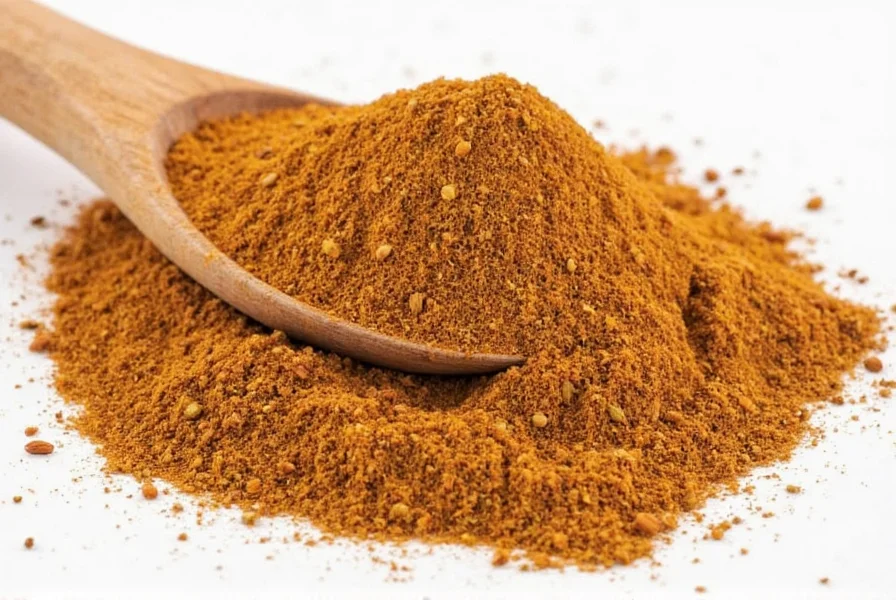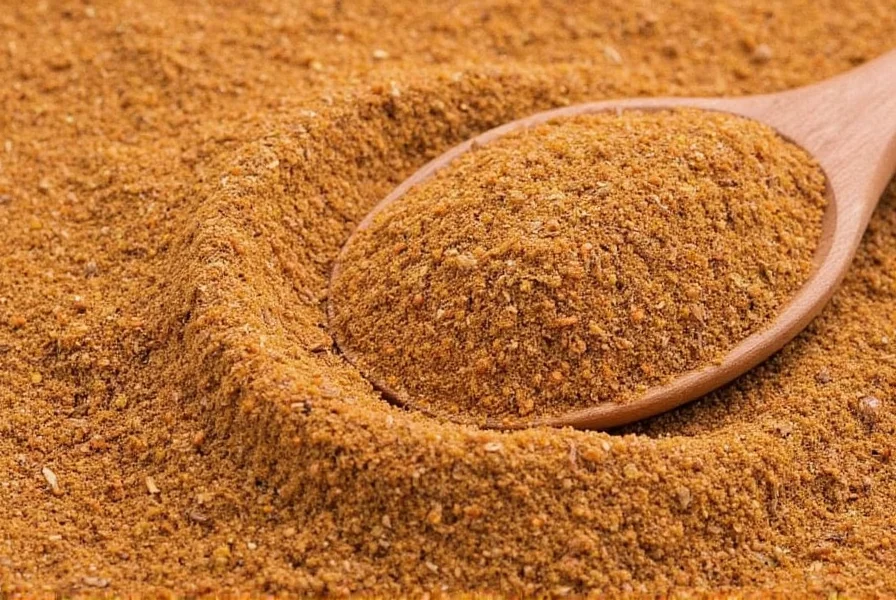Cumin is a flowering plant in the Apiaceae family, scientifically known as Cuminum cyminum, whose dried seeds are used as a spice globally. These small, crescent-shaped seeds have a warm, earthy flavor with a slightly bitter, nutty undertone, making them essential in cuisines from India, Mexico, the Middle East, and North Africa. Native to the Mediterranean and Southwest Asia, cumin has been cultivated for over 5,000 years and remains one of the world's most widely traded spices today.
Understanding what is cumin begins with recognizing it as more than just a pantry staple—it's a culinary cornerstone with deep historical roots. The seeds, harvested from the Cuminum cyminum plant, measure 3–6 mm long and feature longitudinal ridges that release aromatic oils when crushed. Unlike pre-ground versions, whole cumin seeds retain their complex flavor profile longer, offering a distinctive citrusy note alongside their earthy warmth when freshly toasted.
Botanical Background and Physical Characteristics
Cumin belongs to the same plant family as parsley, carrots, and coriander. The plant grows to about 30–50 cm tall, producing small white or pink flowers that develop into seed pods. Each pod contains two brownish-yellow seeds with a distinctive curved shape resembling caraway—but with crucial differences in flavor and aroma.

Historical Journey of Cumin
Archaeological evidence shows cumin's use dating back to ancient Egypt, where it was both a culinary ingredient and embalming agent. Traders carried it along spice routes to Rome, China, and eventually the Americas. Spanish colonists introduced cumin to Mexico in the 17th century, where it became integral to regional cuisines. Despite temporary decline in European popularity during the Middle Ages, cumin maintained continuous use in Asian and Middle Eastern cooking traditions.
Culinary Applications Across Global Cuisines
When exploring what does cumin taste like, chefs describe its flavor as simultaneously warm, peppery, and slightly lemony. This complexity explains its versatility:
| Cuisine Type | Common Uses | Flavor Pairings |
|---|---|---|
| Mexican | Taco seasoning, chili, mole | Chili powder, oregano, garlic |
| Indian | Curry powders, garam masala | Turmeric, coriander, ginger |
| Middle Eastern | Hummus, falafel, baharat | Paprika, sumac, sesame |
| Moroccan | Tagines, ras el hanout | Cinnamon, saffron, preserved lemon |
Professional cooks emphasize toasting whole cumin seeds in dry pans before grinding to maximize flavor release. This technique transforms the spice from earthy to intensely aromatic, making it indispensable in dishes like Indian dal, Mexican pozole, and North African harissa.
Nutritional Profile and Traditional Uses
Per tablespoon (6g), ground cumin provides:
- 22 calories
- 1.4g protein
- 1.3g fat
- 2.6g dietary fiber
- Notable amounts of iron (23% DV), manganese (13% DV), and calcium (6% DV)
Traditional medicine systems have used cumin for digestive support and respiratory health, though modern research remains limited. Current studies suggest potential antioxidant properties, but these findings shouldn't be interpreted as medical advice. When considering cumin health benefits, it's essential to distinguish between culinary use and therapeutic claims.
Distinguishing Cumin from Similar Spices
Many confuse cumin with caraway due to their visual similarity, but key differences exist:
- Cumin: Earthy, warm, slightly citrusy; dominant in chili and curry
- Caraway: Sweet, anise-like; common in rye bread and goulash
- Black cumin (Nigella sativa): Bitter, oregano-like; used in Middle Eastern flatbreads
Understanding cumin vs caraway difference prevents recipe mishaps. While both are Apiaceae family members, their flavor compounds differ significantly—cumin contains cuminaldehyde (giving its characteristic aroma), while caraway features carvone.
Selection and Storage Best Practices
For optimal freshness when learning how to use cumin in recipes:
- Buy whole seeds whenever possible—they retain flavor 6-12 months longer than pre-ground
- Check for uniform color (medium to dark brown) without dust or debris
- Store in airtight containers away from light and heat
- Grind only what you need using a dedicated spice grinder
Properly stored whole cumin maintains potency for 2-3 years, while ground cumin should be replaced every 6 months. A simple freshness test: rub a small amount between your palms—if the aroma is weak or musty, it's time for replacement.
Frequently Asked Questions
Is cumin the same as turmeric?
No, cumin and turmeric are distinct spices. Cumin comes from Cuminum cyminum seeds with earthy, warm flavor, while turmeric is a rhizome (root) with bright yellow color and bitter, slightly peppery taste. They're often used together in curry blends but serve different culinary purposes.
Can I substitute cumin in recipes?
While no perfect substitute exists, coriander seeds (toasted and ground) provide a milder alternative. For chili recipes, a pinch of smoked paprika with coriander can mimic cumin's earthiness. Caraway makes a poor substitute due to its anise-like flavor profile.
Why does cumin taste bitter sometimes?
Bitterness occurs when cumin is over-toasted or used excessively. Toast seeds just until fragrant (30-60 seconds), and start with ¼ teaspoon per dish, adjusting to taste. Old or stale cumin also develops bitter notes—check freshness by aroma before use.
Is cumin safe for everyone?
Cumin is generally safe as a culinary spice. However, those with allergies to Apiaceae family plants (carrots, parsley) should exercise caution. Consuming extremely large quantities might affect blood sugar or interact with certain medications—normal cooking amounts pose no risk for most people.











 浙公网安备
33010002000092号
浙公网安备
33010002000092号 浙B2-20120091-4
浙B2-20120091-4